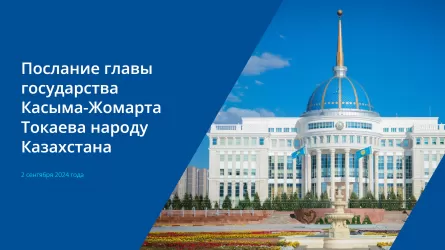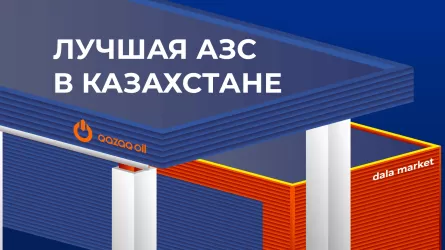EurActiv – Kazakhstan plans to align its revamped carbon emissions trading scheme closely with the EU’s as part of its domestic green transition plans, its lawmakers said at a conference hosted by EURACTIV.
Last year, Kazakhstan set itself an ambitious goal of reducing carbon emissions by 15% by 2030 and reaching carbon neutrality by 2060. Obtaining those goals will mean expanding the share of renewables to 83%, and phasing out the use of coal by 2050. These are ambitious plans for the world’s 14th largest emitter of CO2.
The government also intends to plant two billion trees across 500,000 hectares by 2025.
“We believe this transition must become a vital engine of sustainable development. Kazakhstan and the EU are on the same page with our ambitious green goals and we must collaborate on new green projects,” said Baimukhan Margulan, Kazakhstan’s EU ambassador, at a panel event hosted by EURACTIV on how EU–Kazakhstan cooperation can help the greening of the Kazakh economy and transport.
Zulfiya Suleimenova, who sits on the Foreign Affairs, Defense and Security Committee in Kazakhstan’s parliament, told the panel that lawmakers had adopted “a very comprehensive set of mitigation actions”.
The Kazakh parliament adopted a new environmental code that entered into force in July, which enshrines its carbon neutrality and emissions reductions targets in law and includes chapters on climate change mitigation and adaption.
The new legislation also identifies water resources, agriculture, forestry, and human protection as key in dealing with climate change.
It has also introduced the country’s first green bonds, as well as a carbon emissions trading scheme that Suleimenova said would be more closely aligned with the EU’s ETS.
All speakers stressed the need for the EU’s Green deal to tie in with Kazakhstan’s own reform agenda.
“Most important is to align the goals and ensure that we actually cooperate in doing so. We need to align our actions based on the goals we want to reach,” said Suleimenova.
Dimitris Dimitriadis, president of the External Relations Section at the European Economic and Social Committee, added that the EU is currently finalising an international energy strategy and will start negotiating with Kazakhstan on its ETS after the strategy enters into force.
The EU’s green deal, he added, contains provisions on how the EU can assist the Western Balkans region that could also be applied to Kazakhstan.
“We must encourage Kazakhstan to move closer to the EU,” he said.
Urban Rasnak, the secretary-general of the Energy Charter Treaty, to which Kazakhstan was the first central Asian signatory, said that ”Kazakhstan knows by experience how important it is to move towards the green transition”.
This communication should be “a two-way street” in order to avoid a negative impact from the carbon border adjustment mechanism.
However, there are concerns that Kazakhstan could be one of the main victims hit by the EU’s planned carbon border adjustment mechanism, designed to be imposed on products entering the EU market.
“We are a very carbon-intensive economy and we need to reduce our emissions,” acknowledged Suleimenova.
As a major exporter of metals and a transport hub, the central Asian country could be badly affected and Kazakh ministers have joined other countries in urging the EU to take their specific situation into account when framing the levy.
“The bottom line is that any decarbonisation efforts will pay off,” said Helen Gonnard of the EU’s External Action Service on the concerns about the implementation of the carbon levy, adding that “that there will undoubtedly be tailor-made solutions for each country.”
Rasnak, meanwhile, described the situation with the CBAM as part of “the extraterritorial effect of EU legislation”.
“Kazakhstan should look to create similar measures at home to avoid taxation at the EU border,” he said.
Suleimenova argued that lawmakers in the EU and Kazakhstan “need to think about the different starting points” but underscored the government’s keenness to align its emissions trading system with the EU’s. At the moment, the ETS covers 46% of Kazakhstan’s energy production and eight sectors.
“We would need support and much closer collaboration with our European partners. It is an area where we can have closer relations,” the lawmaker added.















